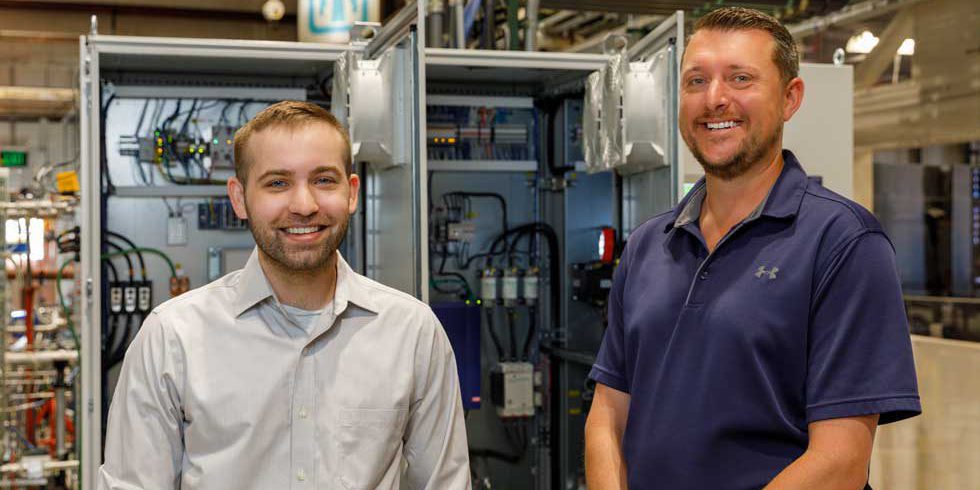For the first time, Sandia researchers delivered electricity produced by a new power-generating system to the Sandia-Kirtland Air Force Base electrical grid.
The system, which uses heated supercritical carbon dioxide instead of steam, is based around a closed-loop Brayton cycle to generate electricity. The Brayton cycle is named after 19th-century engineer George Brayton, who developed this method of using hot, pressurized fluid to spin a turbine, much like a jet engine.
Supercritical carbon dioxide is a nontoxic, stable material that is under so much pressure it acts like both a liquid and a gas. This carbon dioxide, which stays within the system and is not released as a greenhouse gas, can get much hotter than steam — 1,290 degrees Fahrenheit or 700 Celsius. Partially because of this heat, the Brayton cycle has the potential to be much more efficient at turning heat from power plants — nuclear, natural gas, or even concentrated solar — into energy than the traditional steam-based Rankine cycle. Because so much energy is lost turning steam back into water in the Rankine cycle, at most a third of the power in the steam can be converted into electricity. In comparison, the Brayton cycle has a theoretical conversion efficiency upwards of 50%.


